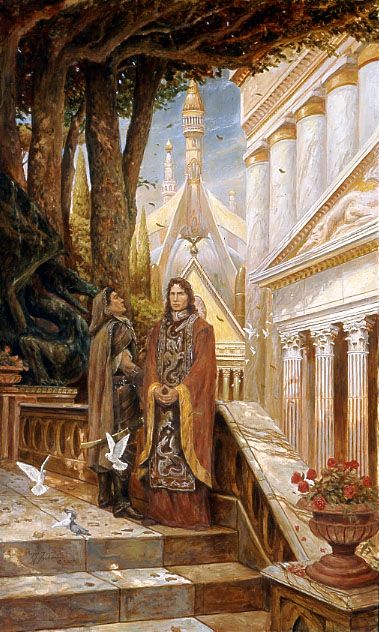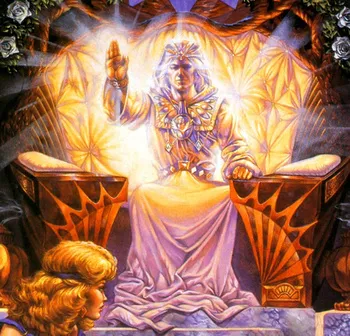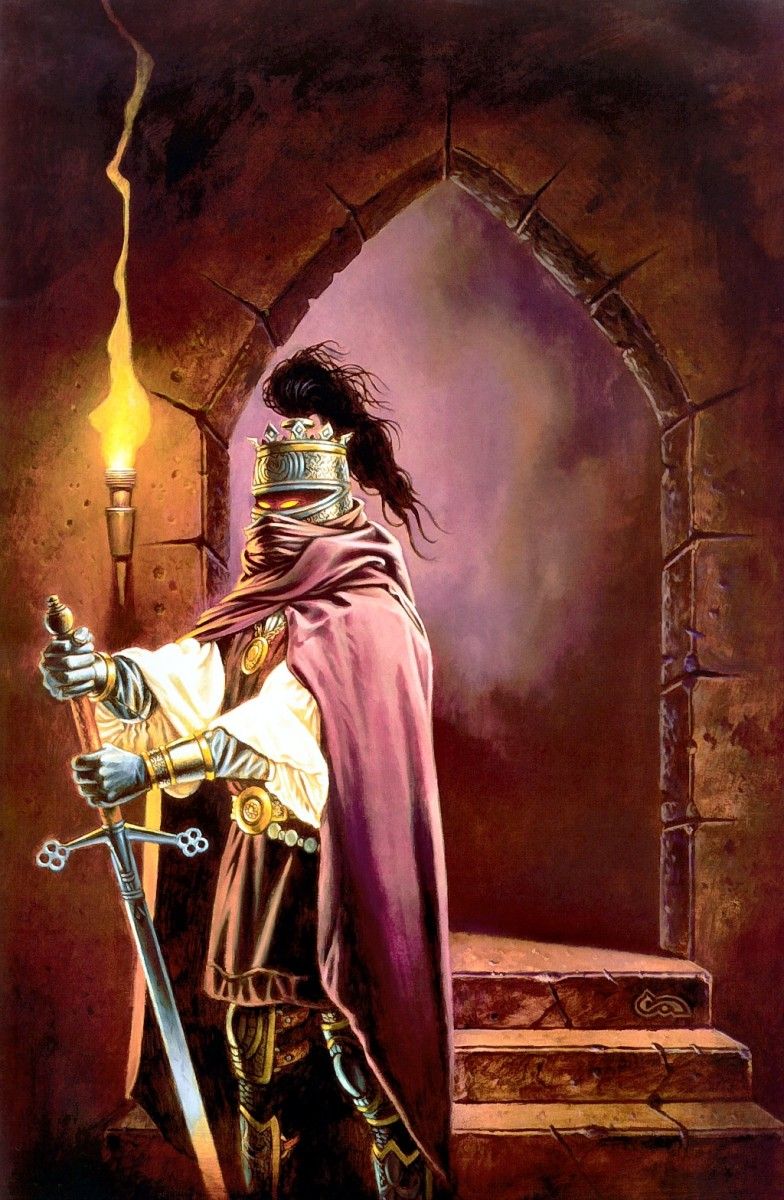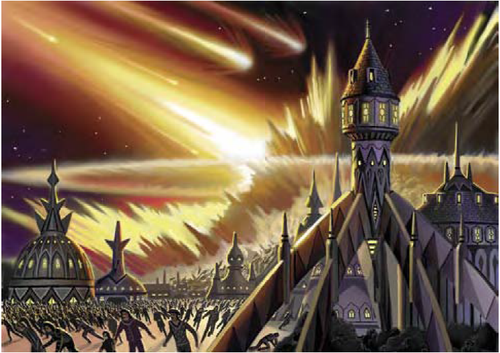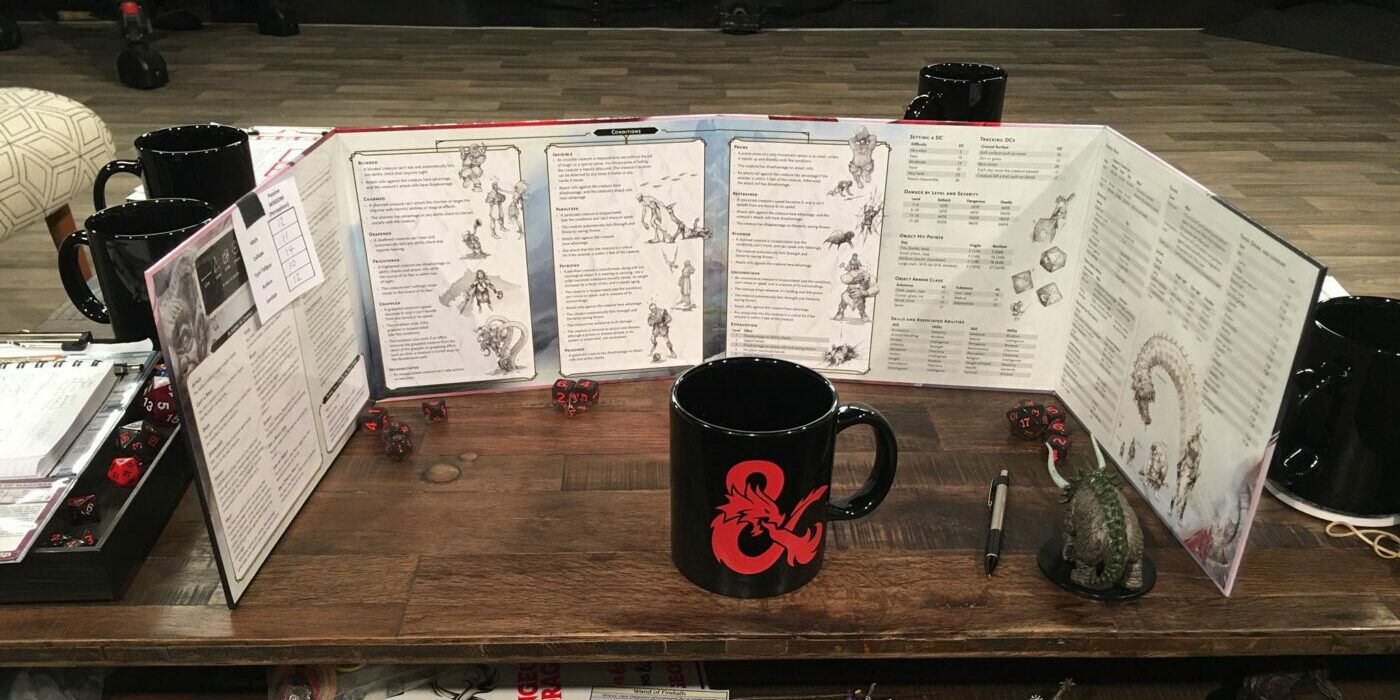D&D: An Adventurer’s Guide to the Cataclysm of Krynn
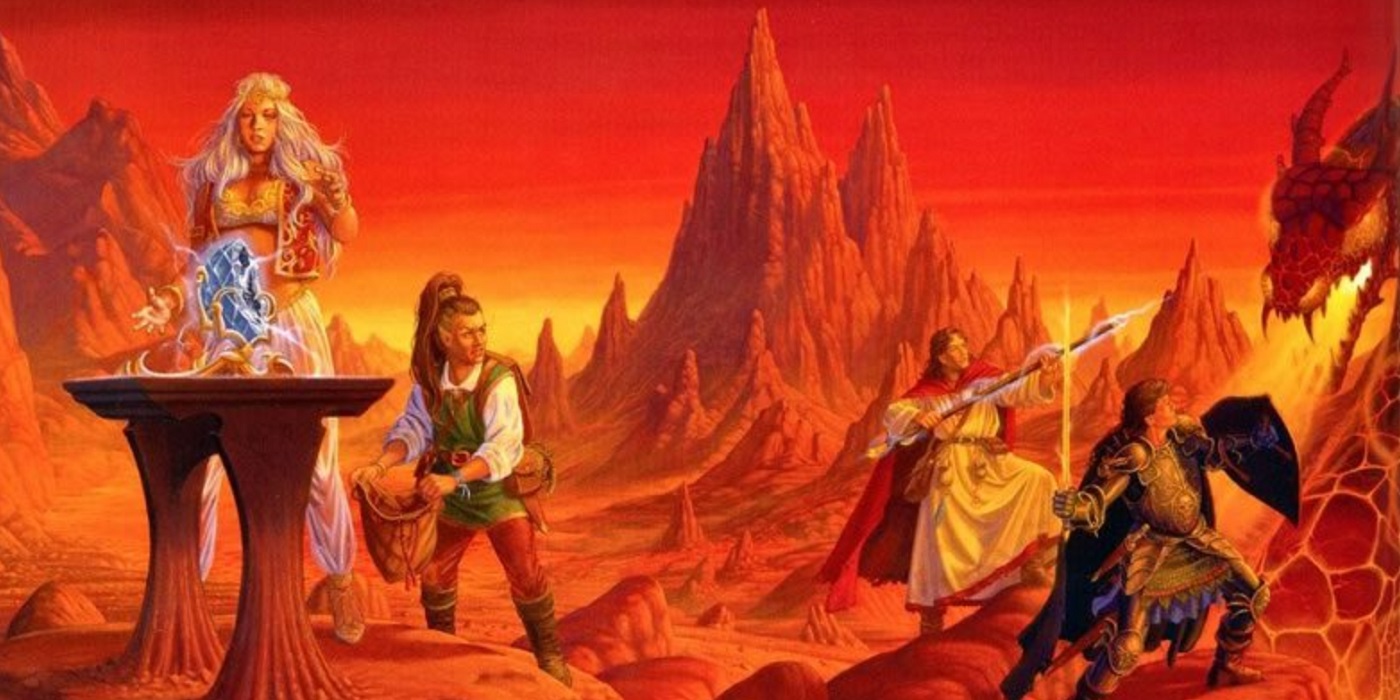
One event forever changed Krynn, killing untold thousands, and driving people away from worshipping the gods. That event? The Cataclysm.
What could make the people turn their back on the gods? The people of Krynn know the answer well. It came to them one fire-streaked day three hundred years before anyone had ever heard the word Dragonlance. The Cataclysm, as it came to be known, redefined life on Krynn. So much so that the calendar in current use was changed to revolve around the Cataclysm. Events are measured in years PC if they’re pre-Cataclysm, or AC if they come after.
But what was the Cataclysm? How did it come to be, and why did they turn their backs on the gods afterward? The answer to it all could be found within the Holy Empire of Istar.
The Kingpriest Who Damned a World
The Holy Empire of Istar was one of the greatest empires in all of Krynn. With borders that stretched across continents, encompassing deserts, hills, forests, grasslands, and jungle. It spanned hundreds of years, and then around 280 PC, the last emperor, Vemior, was overthrown from power by Symeon I, a man who would take the title of Kingpriest and declare Istar the moral center of the world.
Since Symeon, every Kingpriest was ostensibly a virtuous bastion of the faith. Most were Clerics or priests of Paladine, the platinum dragon god of good. Each Kingpriest wielded the power of both church and state. There were twenty-one all in all, but only the last one, a man named Beldina Pilofiro would lead to the disastrous events of the Cataclysm.
Beldinas Pilofiro was a Kingpriest of ambition. And well-earned. He was widely held to be the most powerful Kingpriest to ever rise to power in the Holy Empire of Istar. He was a man who grew up orphaned on the streets and was familiar with the damage evil could do to common folk.
And perhaps that was why a deep hatred for evil burned in his heart. So when he took the throne, Kingpriest Beldinas declared war against all forms of evil in the world. A declaration that was quickly followed by the creation of an order of knights meant to battle evil.
Visions of Evil
Kingpriest Beldinas Pilofiro took power in 40 PC. By the year 19 PC, the Holy Empire of Istar was embroiled in several conflicts, known as the Lost Battles where they fought with the Wizards of High Sorcery. And by 15 PC he had declared that slavery was allowed, but only if the enslaved were anyone of evil or neutral faiths, which quickly expanded to include heretics of any stripe.
By the year 3 PC, Beldinas was convinced of his moral fortitude. He wielded powerful magics and was clearly touched by the divine. But he saw evil everywhere. If people were not for him, they were against him. And Istar’s war branched out to include even the gods of good. Eventually, Istar’s own people rose up to try and depose Beldinas, but their plot was defeated. And Beldinas realized that the people around him were naught but obstacles. What he needed was to demand godhood from the gods themselves.
He believed that Paladine had only agreed to balance because the platinum dragon wasn’t strong enough to destroy evil. But with the Kingpriest as his right hand, surely evil would be eradicated forever.
With his mind made up, the gods sent warnings. Many Warnings.
Unheeded Warnings
In the thirteen days leading up to the Cataclysm, the gods sent warnings to the Kingpriest and his fanatical followers. During the first night, known as the Night of Doom, the true Clerics left the land for the realms of the gods beyond. The second warning saw a whirlwind destroy the tower of the Temple of the Kingpriest dedicated to Kiri-Jolith.
For the third warning, dark fog spread and settled across the Kender realms, breaking their spirits. And during a full night eclipse, Nuitari obscured both Solinari and Lunitari.
Meanwhile, the dwarves of Thorbardin were hunted by an ancient beast of darkness. And in Solamnia, no fires would burn—though in Abanansinia, fires spread destroying everything.
And in Dargaard Keep, Lord Loren Soth took up arms against the Knights of Solamnia. While Palanthas saw the seas grow still and a hot mist engulfed the isle. And as the Cataclysm grew closer, the trees in the forests near Istar wept blood for days. And the forest animals near Qualinesti turned bloodthirsty. All across the northern towns, fish disappeared and the water turned red. And at last, dormant volcanoes became active again.
But the Kingpriest, utterly convinced of his own infallible truth, believed these to be the efforts of evil gods. And so, he began his rituals and made his petition, demanding godhood from the gods. For his arrogance, the gods punished Krynn.
Cataclysm
As the Kingpriest made his demand, the gods answered. A fiery mountain struck Istar, driving the city and all the land around it deep into the ground. The sea roared in to reclaim the space. And thick, red soil churned up in the wake of the devastation, giving the water a reddish tint. This became known as the Blood Sea of Istar. Where the Temple of the Kingpriest once stood, a perpetual, massive whirlpool formed.
But the destruction of the Cataclysm was not limited to Istar. Across the continent, the Kingdom of Ergoth was broken from the mainland and split in two. Water flooded inland creating the Newsea. The city of Caergoth, an inland farming town, became beachfront property. But in the south, the port city of Tarsis found itself landlocked as the seas withdrew.
Across Krynn whole countries were destroyed. Falthana and Seldjuk fell. The Kingdom of Icereach was destroyed, buried under snow and ice. On Taladas, where the Cataclysm is known as the Great Destruction, the center of the continent was struck an even greater blow, destroying the Empire of Aurim and sending ash and gas clouds erupting into the air.
No country in the world escaped being touched by the Cataclysm. And the were gods silent. People’s pleas for aid and mercy went unanswered. And so, for one man’s burning ambition, the world suffered. Thus did the people of Krynn turn their backs on the gods for more than three hundred years.
To this day, the gods are still barely spoken of.

